Summary
The Anjuna Flea Market in Goa began in the 1970s by hippies bartering goods. Over time, it grew into a vibrant hub of local crafts, global culture, and music. Today, it’s a symbol of Goa’s free spirit, blending tradition and tourism, attracting travelers worldwide every Wednesday.
Location
- Monteiro Vaddo, Anjuna Beach, Anjuna, Bardez, North Goa, Goa 403509
⬇️Tap on “View larger map” to get Direction
Full Story
The Anjuna Flea Market is one of Goa’s most iconic attractions, with a unique history deeply intertwined with the state’s counter-culture movement. It has evolved significantly from its humble beginnings to the sprawling bazaar it is today.
Here’s a detailed historical account:
1. Origin and Birth in the 1960s–70s (Hippie Movement Era)
The Anjuna Flea Market traces its roots to the late 1960s and early 1970s, during the peak of the Hippie Trail, when Western backpackers and hippies started traveling to India in search of spiritual freedom and alternative lifestyles.
Goa, with its pristine beaches, relaxed atmosphere, and liberal vibe, became a magnet for these travelers, and Anjuna Beach emerged as a central hub.
The flea market began informally when foreign travelers, especially Europeans and Israelis, started bartering and selling personal belongings, such as second-hand clothes, jewelry, and trinkets, to fund their continued travel or stay in India.
2. Evolution into a Local-Global Trading Spot (1980s–1990s)
During the 1980s and 1990s, the flea market evolved from its purely hippie roots into a multicultural trading center.
Local Goan vendors and traders from across India (Rajasthan, Gujarat, Himachal Pradesh, Karnataka, etc.) began to participate actively, bringing handcrafted goods, textiles, musical instruments, spices, and art to the market.
The market became a melting pot of cultures where East met West—not just in products but also in lifestyle, music, and food.
3. Expansion and Mainstream Appeal (2000s Onwards)
As Goa grew in popularity as a tourist destination, the Anjuna Flea Market gained iconic status in travel guides and among international visitors.
The market expanded in size and scope, with hundreds of stalls offering a wide range of goods—jewelry, beachwear, handicrafts, souvenirs, vintage items, and electronics.
It also became a place for live music, drum circles, fire shows, and fusion cuisine, enhancing the experience beyond just shopping.
Despite its commercialization, it managed to retain a part of its original free-spirited charm, especially on Wednesdays when the market would draw large crowds.
4. Economic and Cultural Impact
The market became a significant source of income for locals and migrant artisans.
It played a key role in preserving and showcasing Indian handicrafts and artisanal traditions to a global audience.
The market also reflected the unique fusion of cultures that defines Goa—Indian, Portuguese, and global traveler influences.
5. Challenges in the 2010s–2020s
With increasing tourism, the market faced issues like overcrowding, waste management, rising rents for stalls, and occasional police crackdowns.
During the COVID-19 pandemic, the market saw a temporary shutdown, deeply affecting local livelihoods.
Post-pandemic, the market has been gradually reviving, with a renewed interest in promoting sustainable tourism and eco-friendly products.
Conclusion
The Anjuna Flea Market is more than just a place for shopping—it is a symbol of cultural exchange, historical evolution, and the spirit of Goa. From its humble beginnings as a barter space for wandering hippies to becoming a global tourist hotspot, the market embodies the story of Goa’s transformation over the past five decades. Despite commercialization, it continues to hold a special place in the hearts of travelers and locals alike, offering a unique blend of heritage, community, creativity, and commerce.
Things to Do at Anjuna Flea Market:
1. Shop for Unique Goods: This is the primary activity. Explore thousands of stalls selling an eclectic mix of items
- Clothing & Accessories: Bohemian outfits, tie-dye garments, sarongs, beachwear, knitted ponchos, leather bags, beaded jewelry, macrame creations, tribal masks, and cool headgear. You can also find modern designs and recycled saree dresses.
- Handicrafts & Souvenirs: Wooden carvings, pottery, traditional Goan artwork, dreamcatchers, intricate silver jewelry, semi-precious stones, and decorative items.
- International & Regional Products: Look for goods from Kashmir (jewelry, shawls), Rajasthan (fabrics, embroidery), Gujarat, Tibet (silver trinkets, handlooms, singing bowls, artifacts), and even imported items.
- Spices & Teas: Aromatic spices, herbs, and various types of teas.
- Antiques & Collectibles: Some stalls offer antique replicas, vintage posters, old coins, and other unique finds
2. Explore Vibrant Art and Paintings
Several stalls showcase original artworks from local and visiting artists.
You can buy colorful paintings, prints, and creative handmade crafts that reflect Goa’s eclectic culture.
This is a great place to appreciate and support emerging artists.
3. Taste Local and International Food
The flea market is dotted with food stalls and small cafés serving authentic Goan cuisine, including seafood, spicy curries, and traditional sweets.
You can also enjoy international street food, vegan options, fresh fruit juices, smoothies, and coffee.
The food scene here perfectly complements the shopping experience, letting you refuel without leaving the market.
4. Enjoy Live Music and Performances
Anjuna Flea Market is famous for its bohemian vibe with live music performances ranging from traditional Indian instruments to western rock and reggae.
Drum circles and impromptu dance sessions often happen, creating a festive atmosphere.
These cultural performances add to the market’s charm and make it more than just a shopping spot.
5. Capture Colorful Moments
The market is extremely photogenic, with vibrant stalls, colorful textiles, handmade crafts, and a mix of locals and tourists.
It’s an ideal spot for photography lovers to capture street scenes, portraits, and candid moments.
The nearby beach also offers stunning backdrops for photos.
6. Bargain for the Best Deals
Bargaining is part of the fun! Vendors expect it, so don’t hesitate to negotiate prices.
Friendly haggling can lead to great deals, especially if you buy multiple items.
This interaction is also a way to connect with local sellers and learn more about their crafts.
7. Relax and Soak in the Bohemian Atmosphere
After shopping, you can relax on Anjuna Beach, just steps away from the market.
The laid-back vibe, the sound of waves, and the scenic sunset make it a perfect place to unwind.
There are also nearby cafes and bars where you can enjoy a drink or snack while soaking up the local culture.
1. Minimum Traveling Budget
This budget is ideal for backpackers or solo travelers who prioritize essentials.
| Category | Estimated Cost (INR) | Details |
|---|
| Transport (Local) | ₹200 – ₹400 | Local bus (₹50–₹100) or scooter rental (₹300–₹500) |
| Meals (Basic) | ₹200 – ₹300 | Street food/snacks + one meal at a basic shack |
| Shopping (Optional) | ₹200 – ₹500 | Souvenirs, clothes, jewelry from flea market |
| Beach Activities | ₹0 – ₹500 | Free for beach visit; ₹500–₹1,500 for one or two water sports |
| Entry Fees | ₹0 | Beach and flea market are free |
| Miscellaneous | ₹100 | Water, tips, sunscreen, etc. |
Total Estimated Minimum Budget:
₹500 – ₹1,500 per person/Day (excluding travel to Goa and accommodation)
2. Medium Traveling Budget
Ideal for couples, families, or comfortable solo travelers seeking balanced comfort and convenience.
| Category | Estimated Cost (INR) | Details |
|---|
| Transport (Local) | ₹500 – ₹1,000 | Taxi or app-based cab (GoaMiles, Uber), or premium scooter rental |
| Meals | ₹400 – ₹700 | Meals at mid-range cafes or beach shacks, including drinks |
| Shopping | ₹500 – ₹1,500 | Handicrafts, clothes, accessories at flea market |
| Beach & Water Sports | ₹500 – ₹1,500 | Parasailing, jet ski, or combo water sport packages |
| Entry Fees | ₹0 | No charges for beach or flea market entry |
| Miscellaneous | ₹200 | Bottled water, tips, sunscreen, small purchases |
Total Estimated Medium Budget:
₹2,100 – ₹5,000 per person/Day (excluding accommodation and travel to Goa)
3. Large Traveling Budget
Perfect for Luxury Experience who prefer high-end accommodations, private transport, and fine dining.
| Category | Estimated Cost (INR) | Details |
|---|
| Transport (Local) | ₹1,500 – ₹3,000 | Private taxi, luxury car rental, or chauffeur-driven vehicle |
| Meals | ₹1,000 – ₹3,000 | Dining at premium beachside restaurants or luxury cafes |
| Shopping | ₹2,000 – ₹5,000+ | High-quality handicrafts, designer clothes, and souvenirs |
| Beach & Water Sports | ₹1,500 – ₹3,000+ | Private water sports sessions, parasailing, jet skis, yacht rides |
| Entry Fees | ₹0 | Beach and flea market entry are free |
| Miscellaneous | ₹500 – ₹1,000 | Tips, bottled water, sunscreen, spa services, and other luxuries |
Total Estimated Large Budget:
₹6,500 – ₹15,000+ per person (excluding accommodation and travel to Goa)



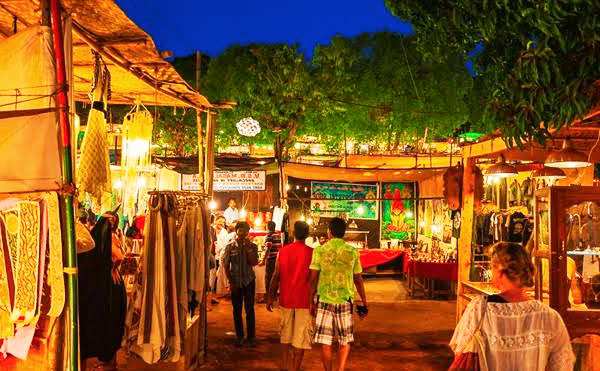
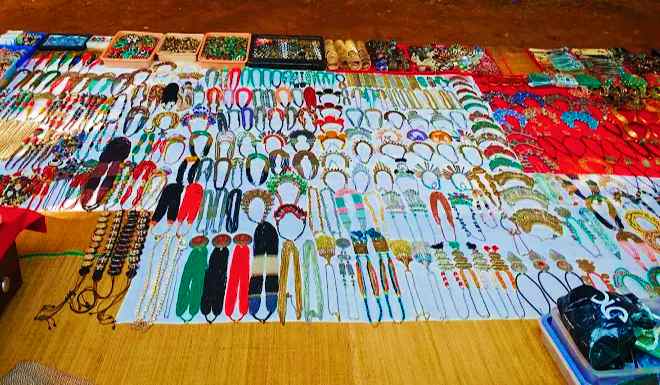
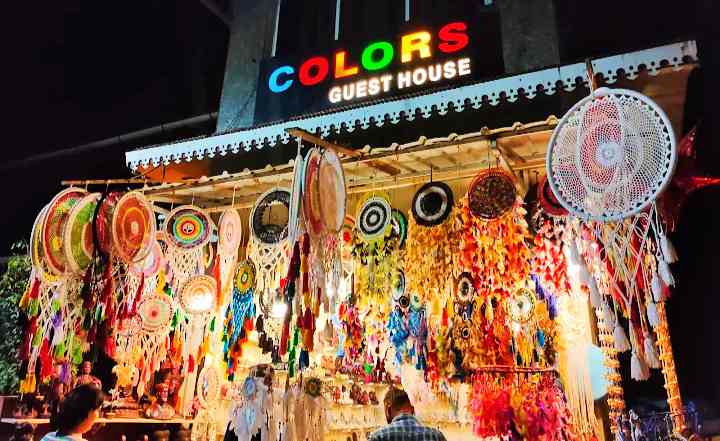
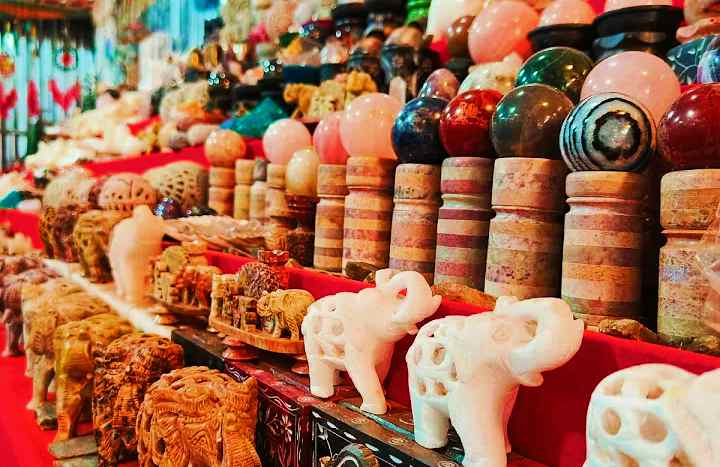
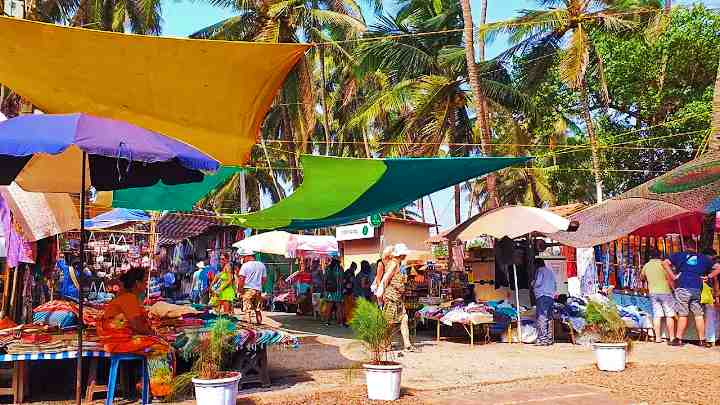
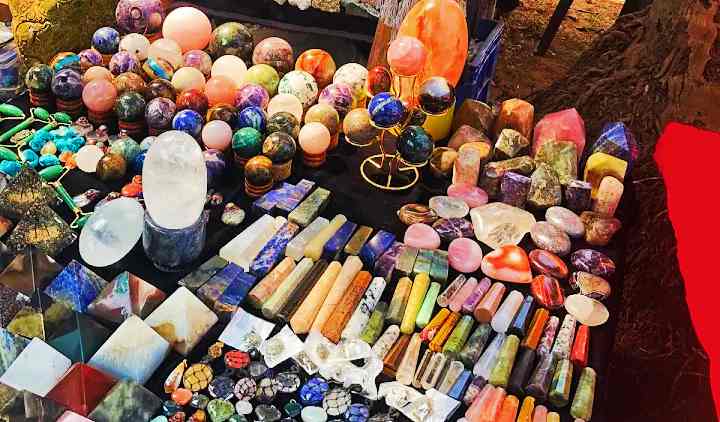
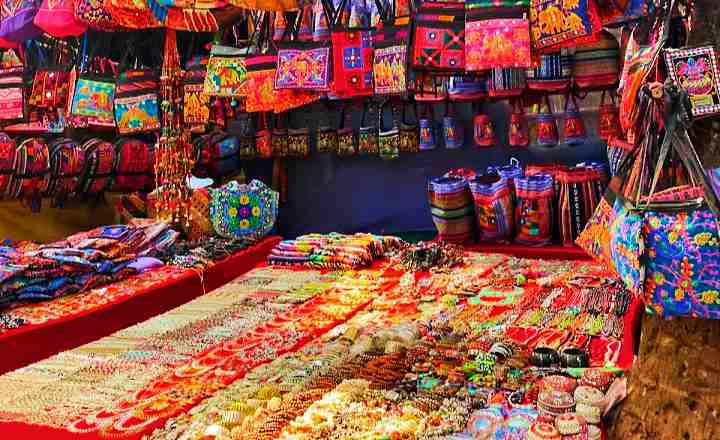
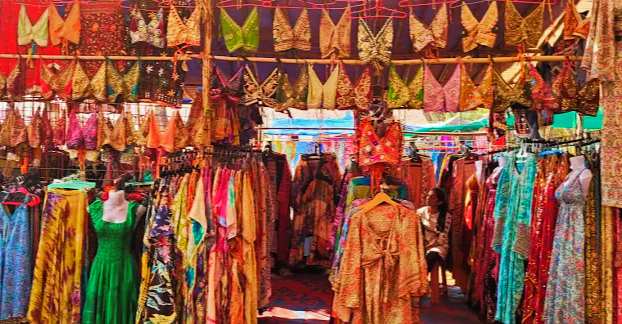
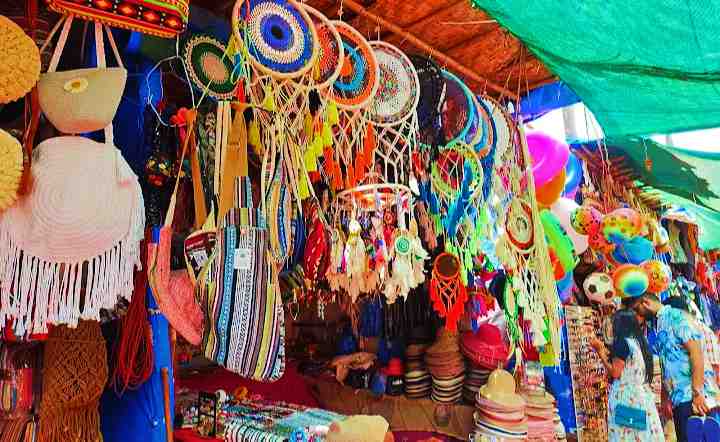
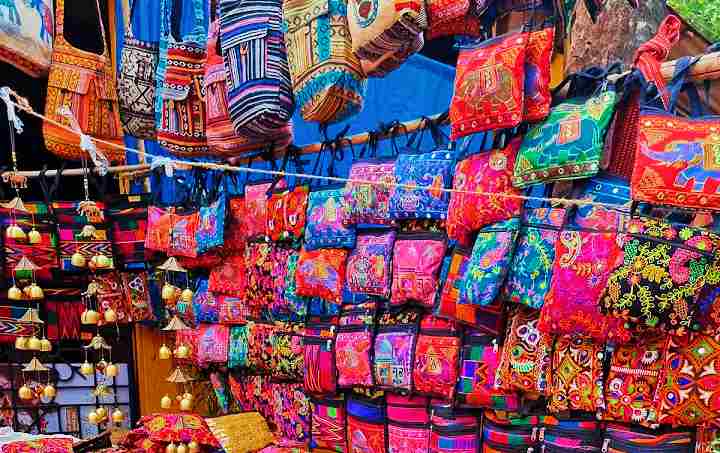
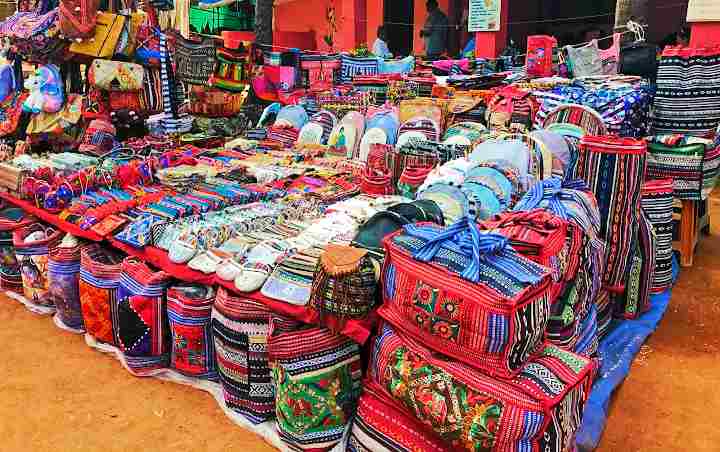
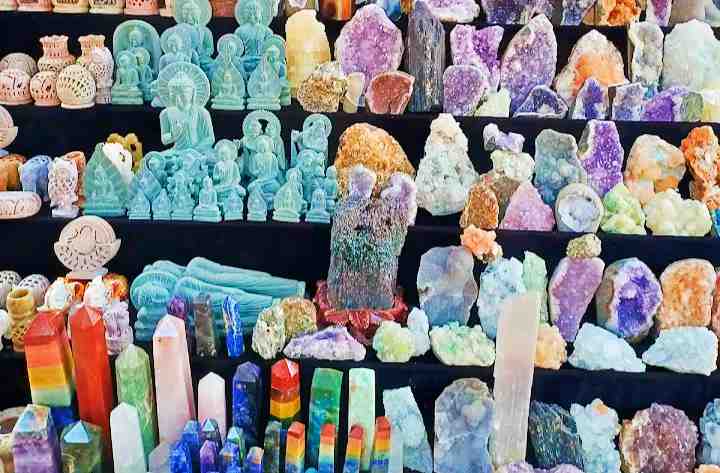
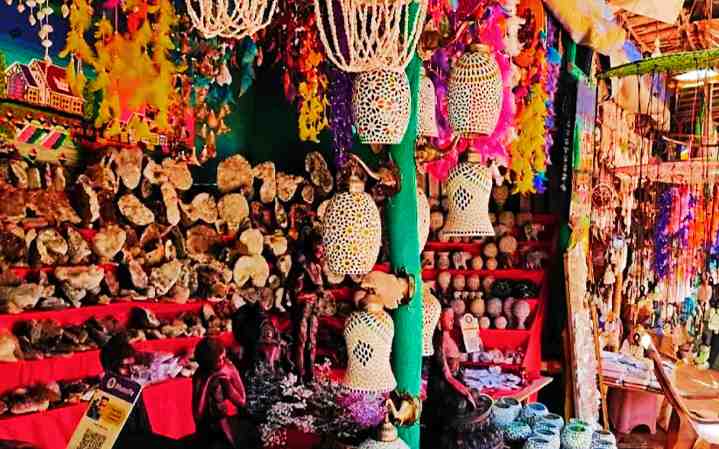
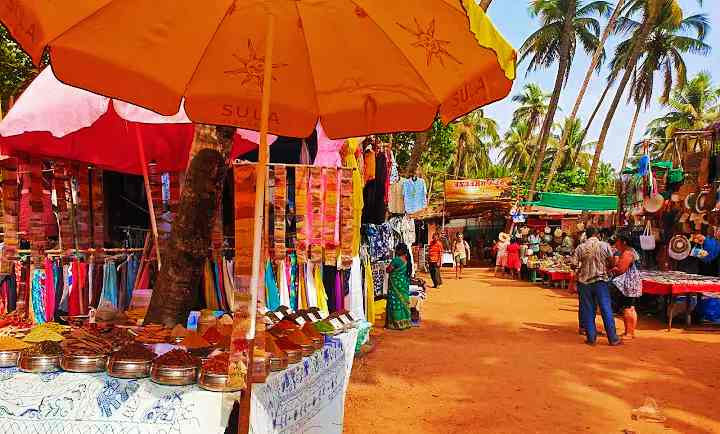
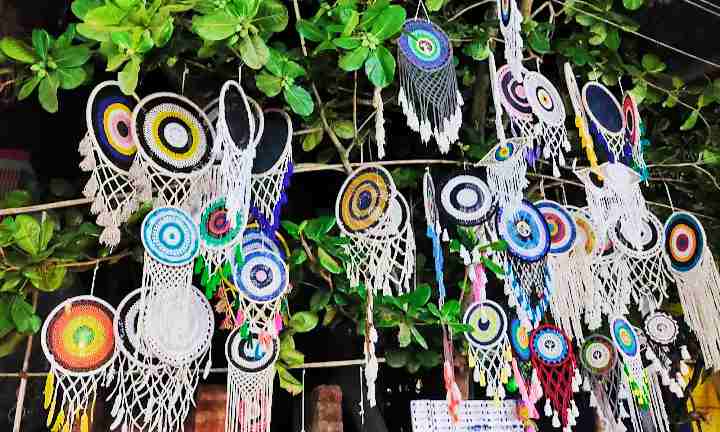
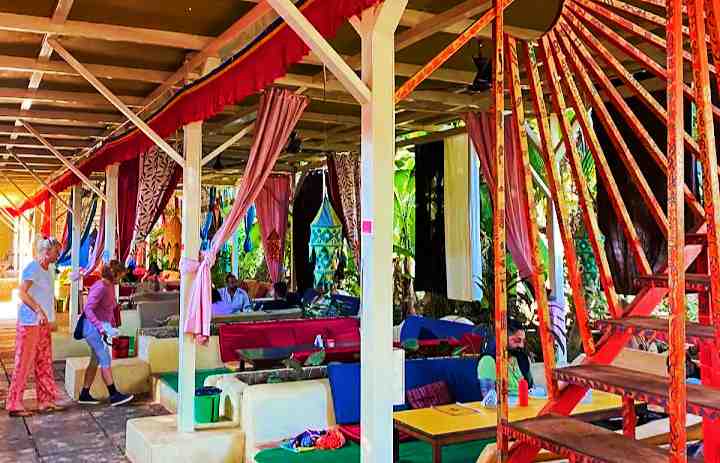
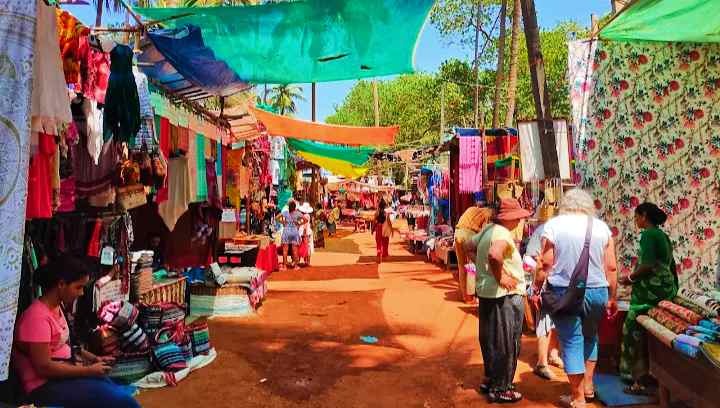

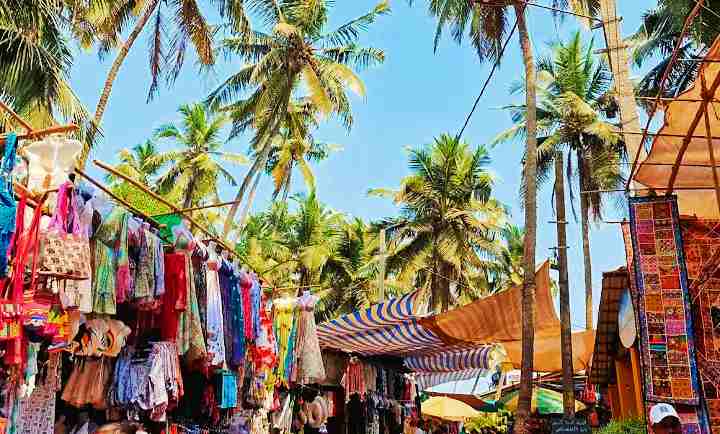
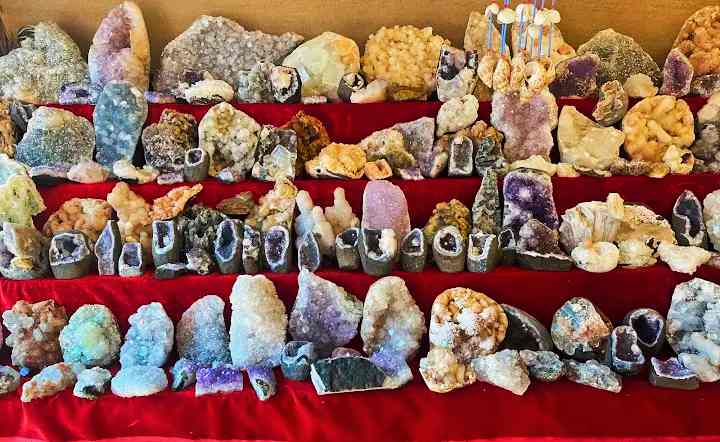

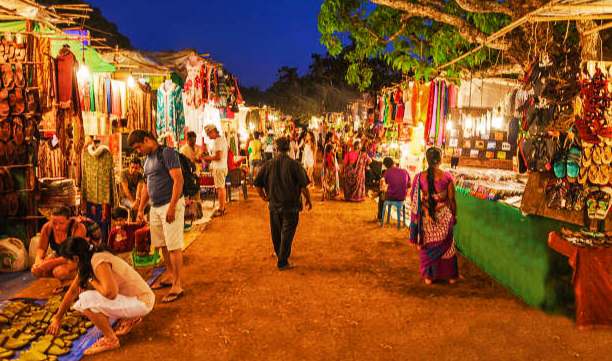
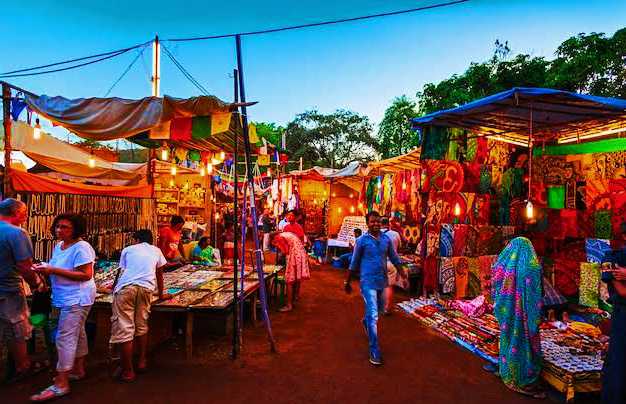

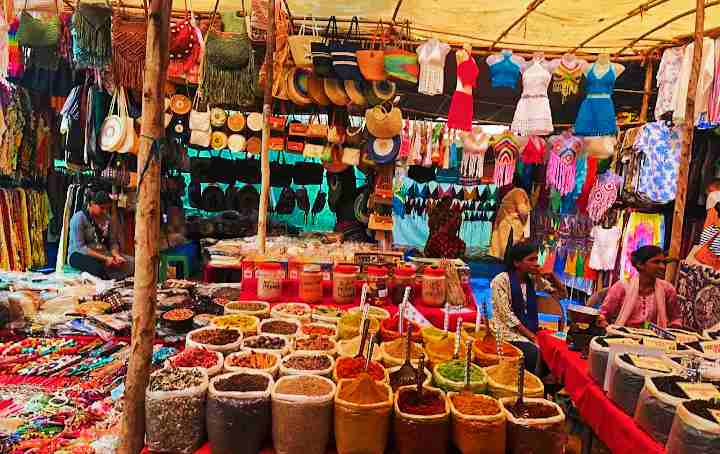
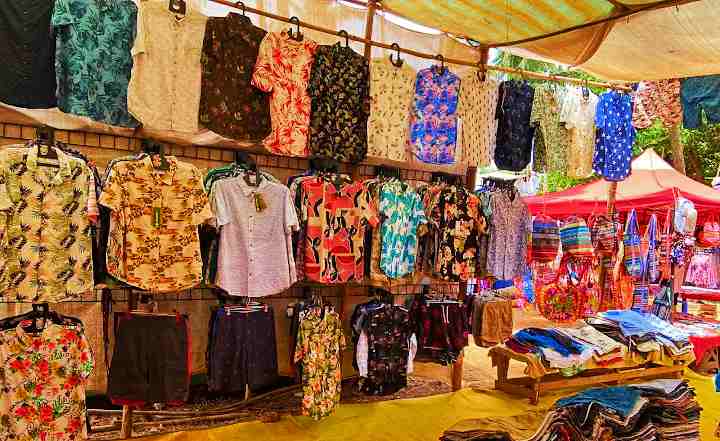
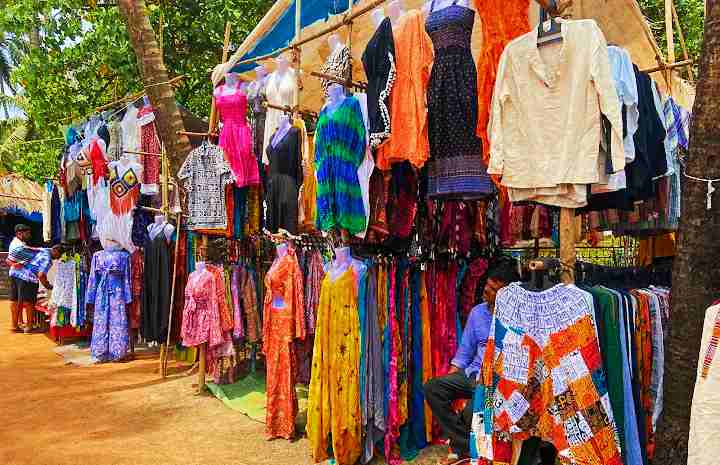


































Reviews
There are no reviews yet.